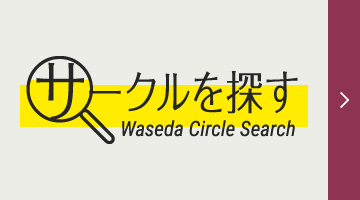Honami Enya has visited over 200 sento (communal baths) across Japan. Under the eccentric title of “banto (clerk)/illustrator,” her illustrations of sento have garnered significant attention on Twitter, and she has appeared on Jounetsu Tairiku (TBS) and Jinsei Design (NHK E Tere).
After studying architecture at Waseda University’s School of Creative Science and Engineering, Enya started working at a design office and launched her activities as a sento illustrator with “Sento Illustrations,” a project she started in order to communicate to friends the allures of sento. Published in February 2019 by Chuokoron-Shinsha, Sento Zukai (Sento Illustrations) is a collection of steamy sento illustrations and the culmination of an unprecedented experiment, comprised of onsite surveys, photography, interviews, and illustrations of sento interiors that utilize isometric architectural projections.
Sento illustrator Enya currently works at Kosugiyu sento in Koenji, Tokyo. Join us as we trace her story and learn how she committed her youth to drawing and architecture on a quest to find a place of belonging.
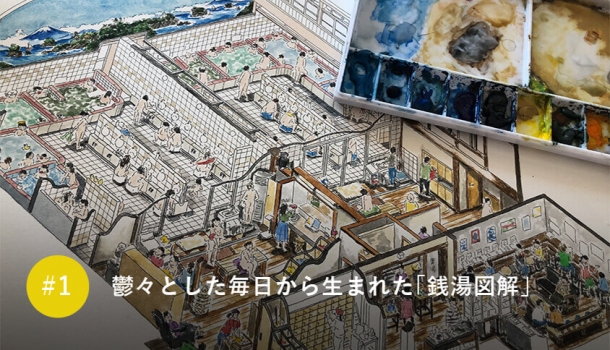
#1 Sento Illustrations: A Project Brought to Life by Days of Melancholy
Q. How did you get into sento?
Enya
I started working at a design company after graduating from Waseda. My job absorbed my life, and I would get by with less than five hours sleep and a diet of energy drinks and chocolate. After a year and half, I was diagnosed with “functional hypoglycemia,” a condition that prevents one from being able to control their blood sugar levels, and entered a state of depression.
Bedridden at my family’s house, I was overwhelmed by a feeling of hopelessness, thinking to myself, “Nothing gets better no matter how I try,” and, “What was I even working so hard for?” It was during this period that a friend invited me to Kohmeisen sento in Nakameguro. That’s where my obsession with sento began.
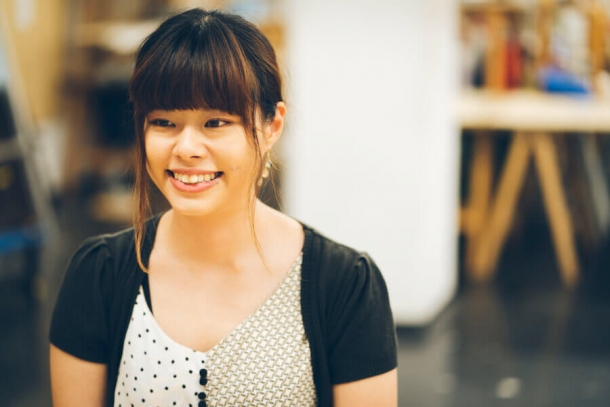
When I was depressed, my body got really stiff, but when I stepped into the sento, which was the first time I had done so in a long time, and relaxed, I felt the tension release from my shoulders. It was a refreshing feeling. When I stepped out of the bath, I felt better physically and emotionally. I started going to various sento ever since.
Q. So the sento allowed your body to recover from its weakened condition.
Enya
Because of that experience, I felt the need to share the wonders of sento with others. The sento illustration I later uploaded on Twitter marked the beginning of Sento Illustrations.
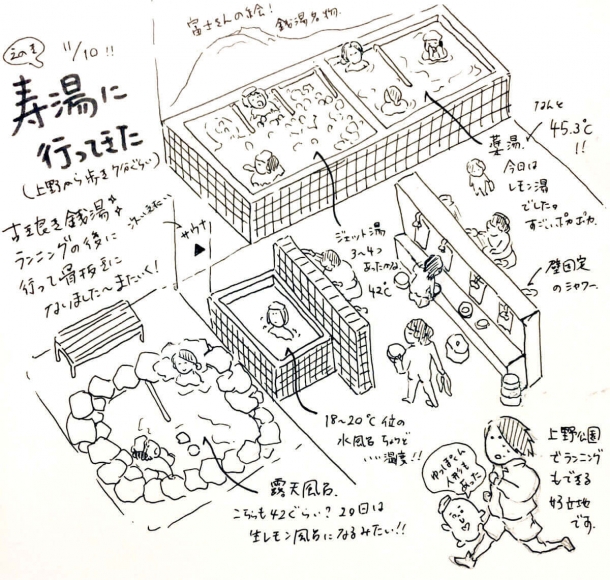
Caption: Sento Illustrations, a project started for friends.
Q. Did you use isometric architectural projections when you first started drawing?
Enya
Yes. Isometric drawing is an elementary technique architecture students learn in their first year, and it’s perfect for depicting the atmosphere of buildings.
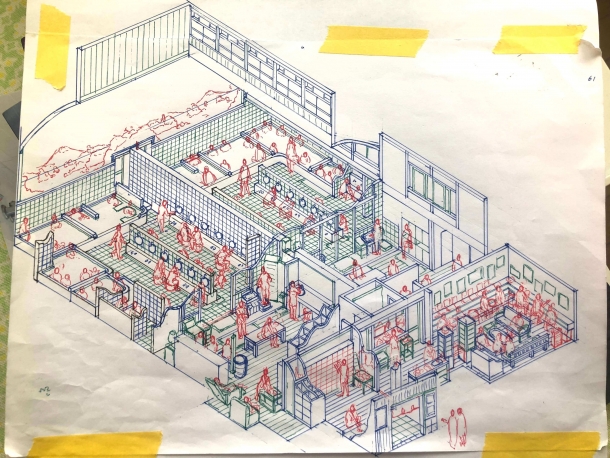
Caption: With a laser measuring instrument she used when working at the design office, and a tape measure, Enya draws at a precise scale, down to the width of the tiles.
Back then you could barely find any information about sento online. There were blogs run by sento enthusiasts, but they mostly focused on technical aspects, such as “water outlets, jet streams, electricity, water, etc.” You couldn’t get an idea of the baths’ atmosphere.
Q. What are some of the details you focus on when creating Sento Illustrations?
Enya
I pay particular attention to scenes of people, and their expressions. Architectural drawings don’t generally include people. When I was a student, Masayuki Irie (Waseda University Emeritus Professor) told me that “drawings are dead without people.” Because of that, and my own preferences, I was uncomfortable with drawings that didn’t include people.
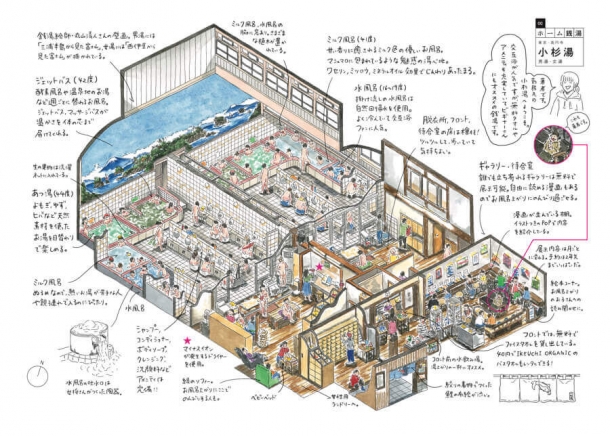
Caption: People are depicted with a soft touch in this precisely scaled recreation of a sento.
Architecture is brought to life by people’s presence. That’s why I think depicting an older woman in a bath tub with a relaxed expression on her face, for example, is the best way to create “living” sento drawings.
Q. When looking at these illustrations, you can see how people use sento, whether it’s in the way they talk to each other or how they enter the water.
Enya
As a student, I was wary of people’s placement when creating architectural models, and it’s something I apply to my sento illustrations.
#2 Days Soaked in Beloved Architecture, and the Curse of “Needing to Become an Architect”
#3 The Conflict Between “What I Want to Be” and “How I Want to Be,” and Arriving at One’s Path

